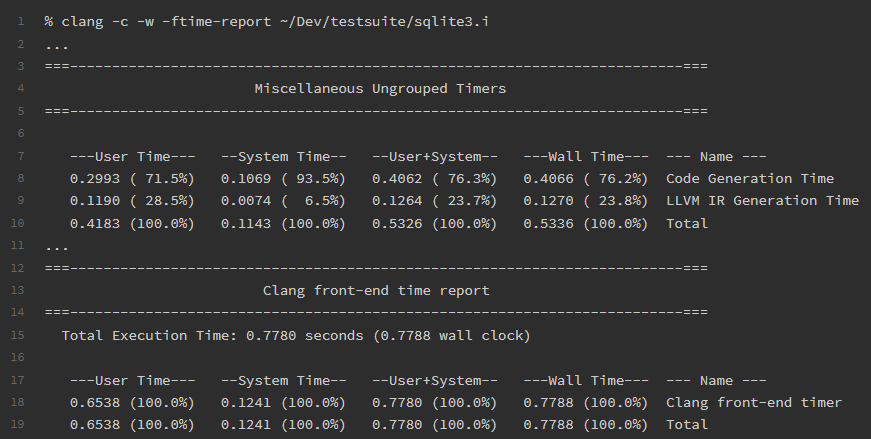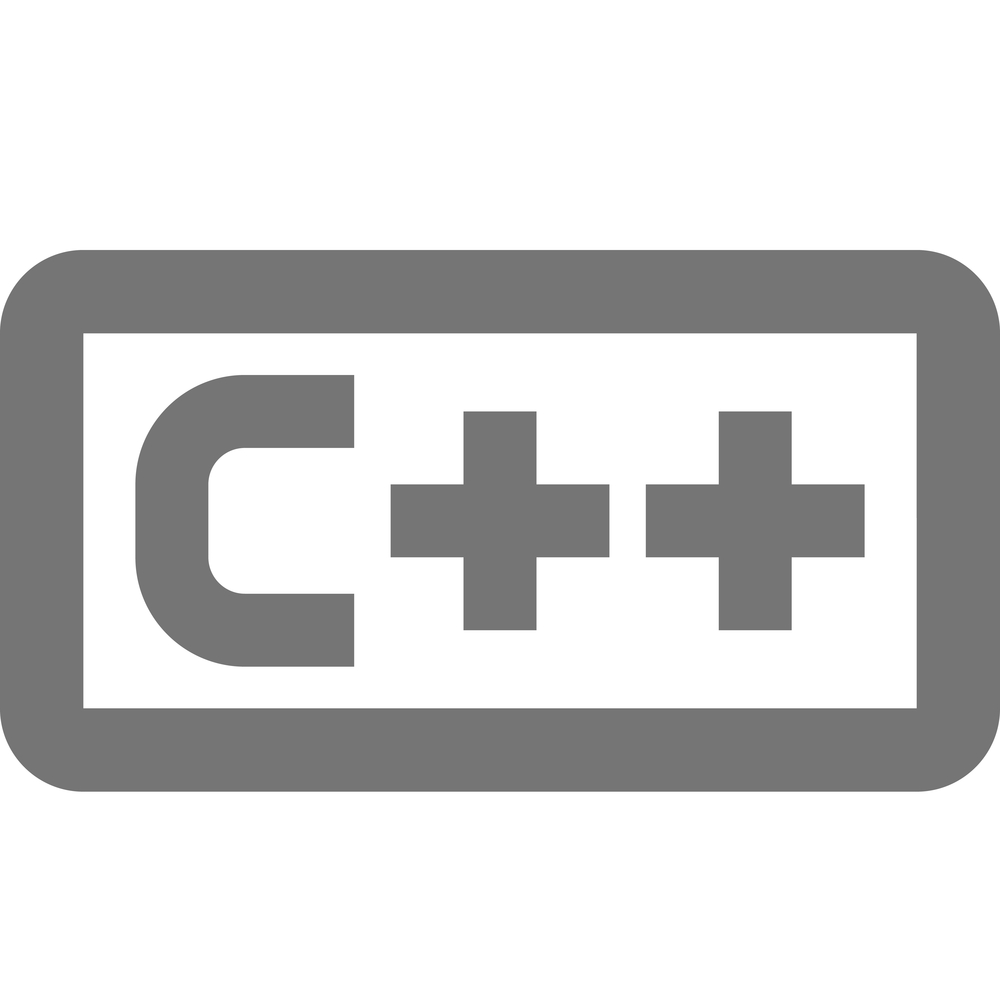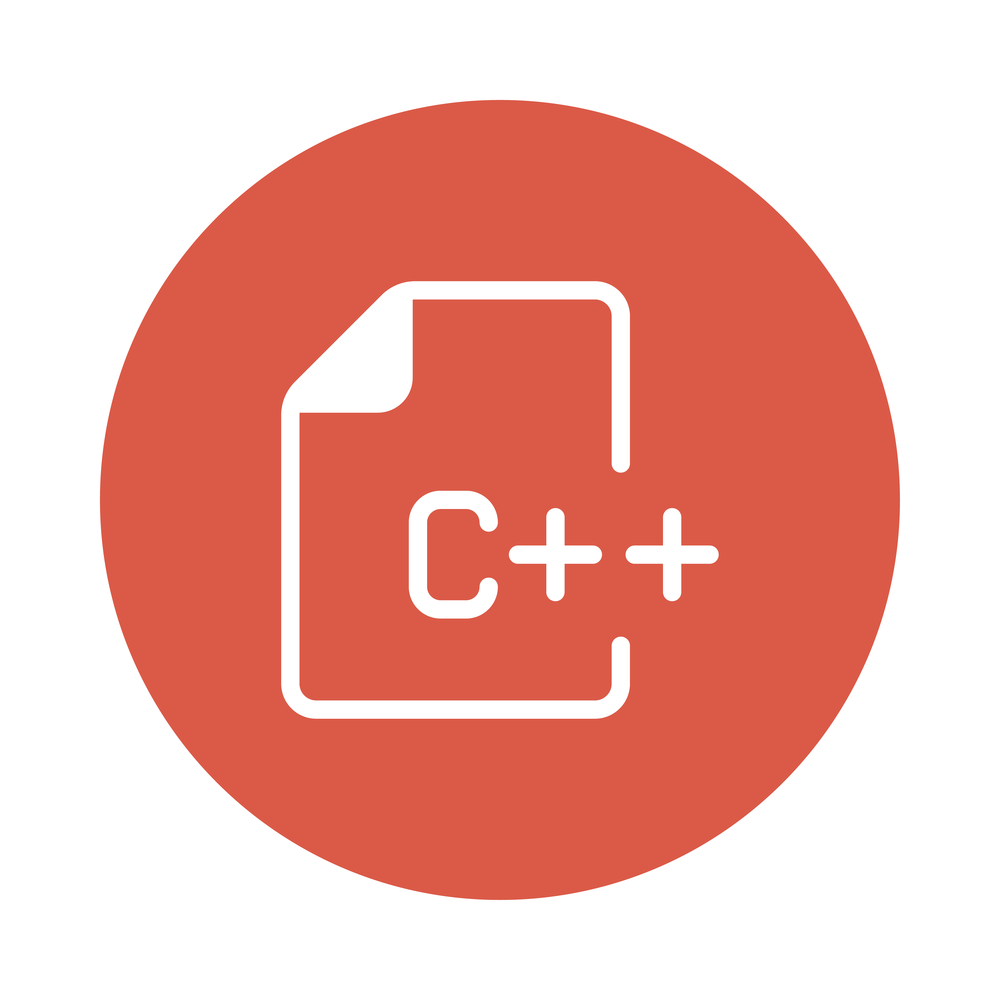VS Code with MS C/C++ Extension: A Confusing UI Design Choice -- Giovanni Dicanio
I wanted to use VS Code with the MS C/C++ Extension for some C++ teaching. In the process, I discovered that setting the C++ language standard to build your C++ code is not as easy and intuitive as one would expect. I discussed the details in this article:
VS Code with MS C/C++ Extension: A Confusing UI Design Choice
by Giovanni Dicanio
From the article:
I pressed Ctrl+Shift+P, selected C/C++ Edit Configurations (UI), and in the C/C++ Configurations page, selected c++20 for the C++ standard.
Then I pressed F5 to start a debugging session, preceded by a build process, and saw that the build process failed.
I took a look at the error message in the terminal window, and to my surprise the error messages were telling me that some libraries (like
<span>) were available only with C++20 or later. But I had just selected the C++20 standard a few minutes ago!

 The C++20 standard introduced a specialization of
The C++20 standard introduced a specialization of  Let’s start
Let’s start  The C++ proposal for
The C++ proposal for 
 C++26 will introduce a new concurrency feature called std::execution, or senders/receivers. Lucian Radu Teodorescu explains the idea and how to use these in detail.
C++26 will introduce a new concurrency feature called std::execution, or senders/receivers. Lucian Radu Teodorescu explains the idea and how to use these in detail. Static reflection is under consideration for C++26. Wu Yongwei demonstrates how to achieve reflection now and shows some examples of what C++26 might make possible.
Static reflection is under consideration for C++26. Wu Yongwei demonstrates how to achieve reflection now and shows some examples of what C++26 might make possible. The trick to understanding C++ compiler error messages is to focus on two things. First, look at the beginning of the error message, which tells you what went wrong at a very low level. Then skip over the intermediate errors that follow the chain of calls until you end up at the line of code that you wrote. That original line of code is the one that is leading the compiler to a bad place. After that, you sometimes get supplemental information that helps you understand the low-level error better.
The trick to understanding C++ compiler error messages is to focus on two things. First, look at the beginning of the error message, which tells you what went wrong at a very low level. Then skip over the intermediate errors that follow the chain of calls until you end up at the line of code that you wrote. That original line of code is the one that is leading the compiler to a bad place. After that, you sometimes get supplemental information that helps you understand the low-level error better.